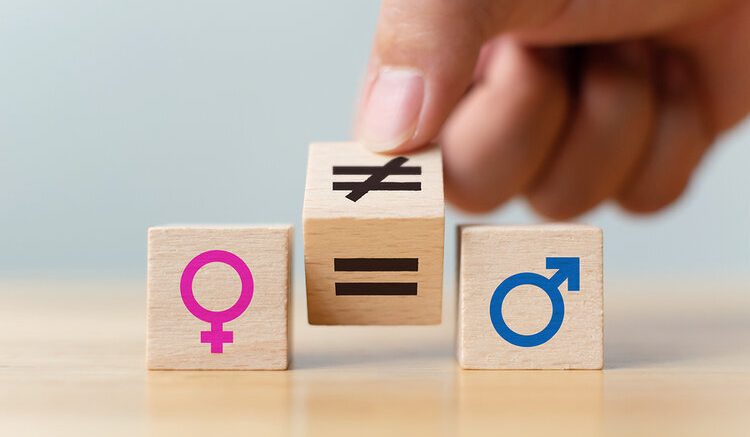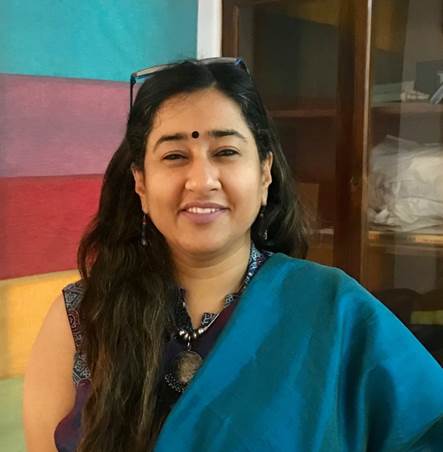Recently, my daughter and I were chatting over our cup of morning tea. While talking about the usual, she suddenly asked me what Women’s Day is all about. When I asked her what she thought, she responded with ‘’It’s a day when women get discounts on makeup, clothes, and spa treatments!’’ Well, she’s not wrong.
If you were to turn on the TV, pick up the newspaper, or visit a mall on the day, that’s definitely the impression you’d get. However, it’s a lot more than that. It’s a celebration of women-led labor movements in the early 1900s, a day on which we honor women for their achievements, regardless of divisions. And this ‘we’ includes brands too!
Come February, and they’re busy planning the ‘next big thing’ in Women’s Day campaigns. These are now more important than ever because today, people want brands to start meaningful conversations that go beyond their product. And that’s why, it’s time for you to lead from the front.
If you’re looking to stand out from run-of-the-mill campaigns and beauty-related offers, a great starting point would be this year’s theme — I am Generation Equality: Realising Women’s Rights. Pick an issue under this that genuinely means something to your brand, such as wage inequality or violence, and you’re done with step one.
Is it really worth the effort? Well, consumers definitely think it is. A large part of the demographic, i.e. millennials and Gen Z, are looking for brands who do more than just sell. They’re looking for companies that stand for something and that seek to affect positive change in society.
There’s also a huge demand for brands to deliver gender equal, progressive messaging — all we have to do is take a look at recent campaigns and the response to the same. A celebrated soap brand’s Real Beauty campaign, a well-known washing powder’s #ShareTheLoad, and a popular sanitary brand’s #LikeAGirl made waves when released, and are talked about to this day. Now, if you’re looking for a purely business-oriented reason, there is a strong one. Women drive 70-80 percent of all consumer purchasing, through a combination of their buying power and influence. Which means that even when a woman isn’t paying for something herself, she is often the influence or veto behind someone else’s purchase. In short, you need to strike the right chord with your female target group.
And it doesn’t always have to be potential consumers. Speaking to the women within your brand is equally important. So launch an internal communication campaign that highlights the achievements of the women in your company. Showcase the ways in which your brand is doing its bit for its female team members. Organise leadership workshops to drive their professional growth.
The possibilities are truly endless!
The views and opinions published here belong to the author and do not necessarily reflect the views and opinions of the publisher.



Be the first to comment on "Brands, market to women like you mean it!"